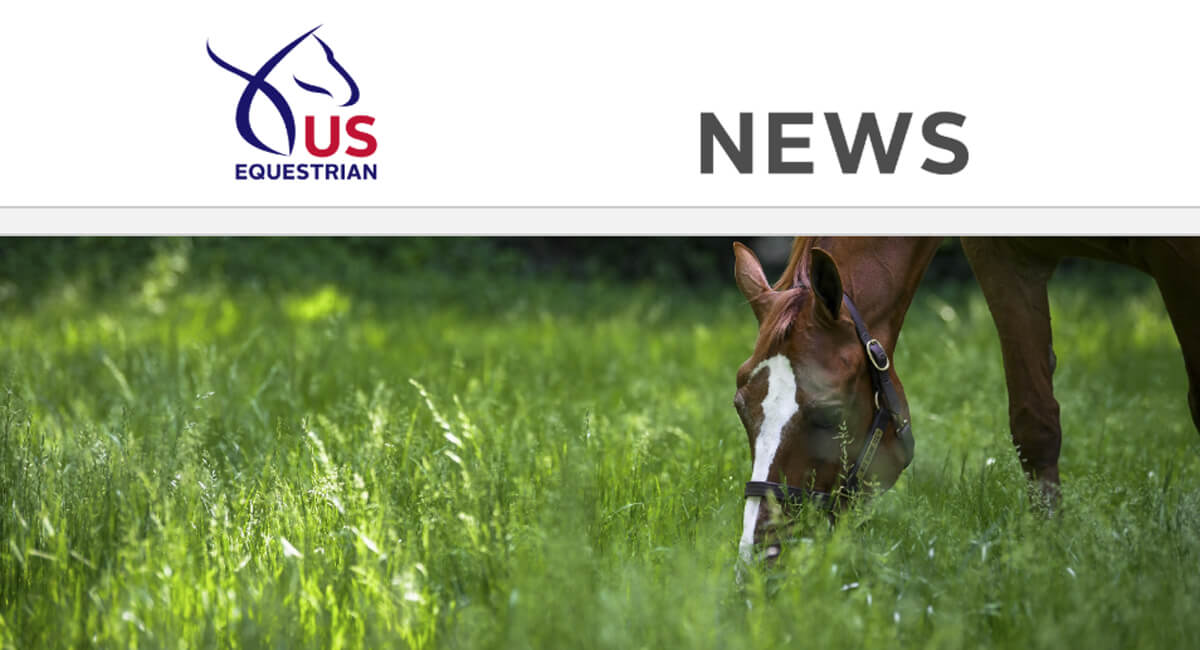Why should I be concerned that screwworm has been detected in Mexico?
Screwworm has expanded uncontrollably in the last several months from South America and now into Mexico. If not controlled the screwworm flies will continue to move north into the United States. There is the additional risk illegal horse entry into the United States could bring in screwworm. If screwworm were to enter and spread in the United States, it would have significant impact on you and your equine athlete. Depending on the severity of the incursion, shows, and movement of horses may be halted. Thus, it is critical for every horse owner to be vigilant and take steps to prevent screwworm incursion and spread.
What is a screwworm?
Screwworm is a type of fly larva (AKA maggots) foreign to the United States. These parasites can infect any warm-blooded animal, including humans as they enter wounds as well as mucus membranes to feed on living tissue.
What are the clinical signs?
Infested animals may present with enlarging, draining, foul-smelling wounds, and weight loss. Animals may die from secondary infection or toxicity in 7-14 days if not treated.
How is it transmitted?
An adult screwworm fly can travel up to 125 miles before laying hundreds of eggs in a wound or on a mucus membrane surface. The larvae that emerge from the eggs feed on the living tissue and then fall to the ground to pupate and ultimately the emergence of the adult flies which reproduce. The adult female screwworm only mates once and lays those eggs to continue the spread of the parasite. Screwworms can also be transported by animals and people with infected wounds travelling from infested areas.
How is screwworm infection treated?
As it is a foreign animal disease, a state and/or federal animal health official must be notified of suspected cases. If screwworm is diagnosed, animal health officials will quarantine the animal until daily wound care and treatments with larvicides and insecticides have successfully eliminated the screwworm larvae. The state and federal animal health officials will further investigate cases, to determine if additional control measures, such as insecticidal treatment of the environment or sterile fly release, are warranted.
How is screwworm controlled?
In endemic countries like those in South America, control is based on a sterile male fly release program. As the female only mates once in a lifetime, the mating with a sterile male fly will reduce the fly population over time. Additionally, movement restrictions and treatment requirements are implemented to further prevent the spread of screwworm.
How do I protect my horse?
Daily inspection of all wounds for any signs of larvae is critical. If larvae (maggots) are detected in a wound, contact your private practitioner immediately so they can perform an assessment of the type of larvae. If screwworm is suspected samples will be collected for confirmation.
How is the United States preventing screwworm entry?
Any livestock or horses entering the United States from a screwworm affected country are required to be pretreated with an ivermectin product, to remain in an import quarantine facility for a 7 day observation period, and to complete a screwworm examination. A veterinarian performing the examination will examine the animal for any wounds and the mucus membranes for any evidence of screwworm. Sedation is required for the safe and thorough examination of the sheath of stallions and geldings. If examination reveals no screwworm the horse will be released.
For more information and images of screwworm visit: https://www.aphis.usda.gov/livestock-poultry-disease/cattle/ticks/screwworm

News from the horse industry. Sharing today’s information as it happens. The Colorado Horse Source is not responsible for the content of 3rd party submissions.

